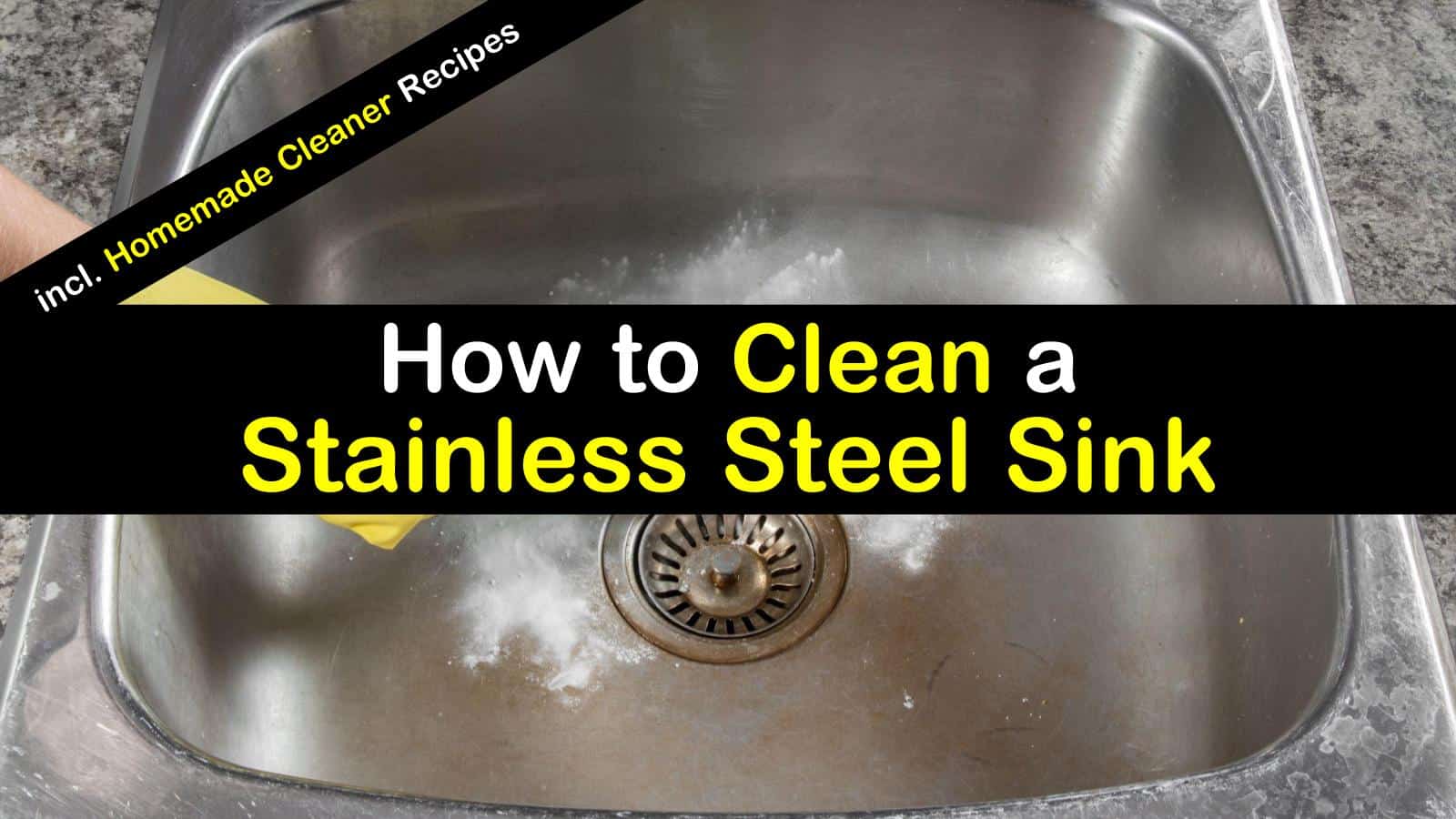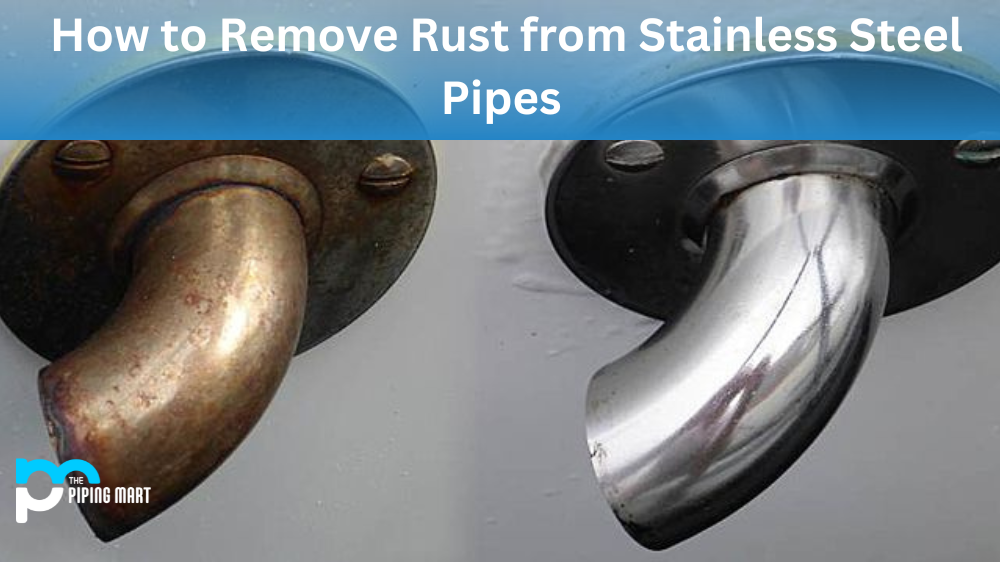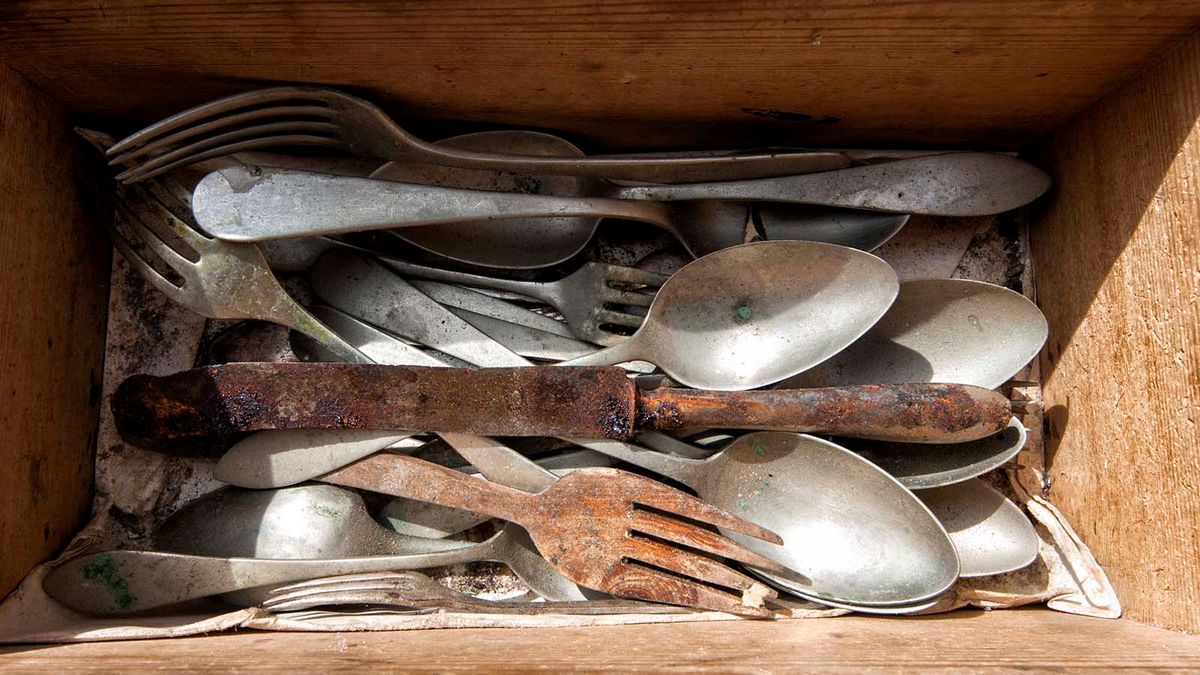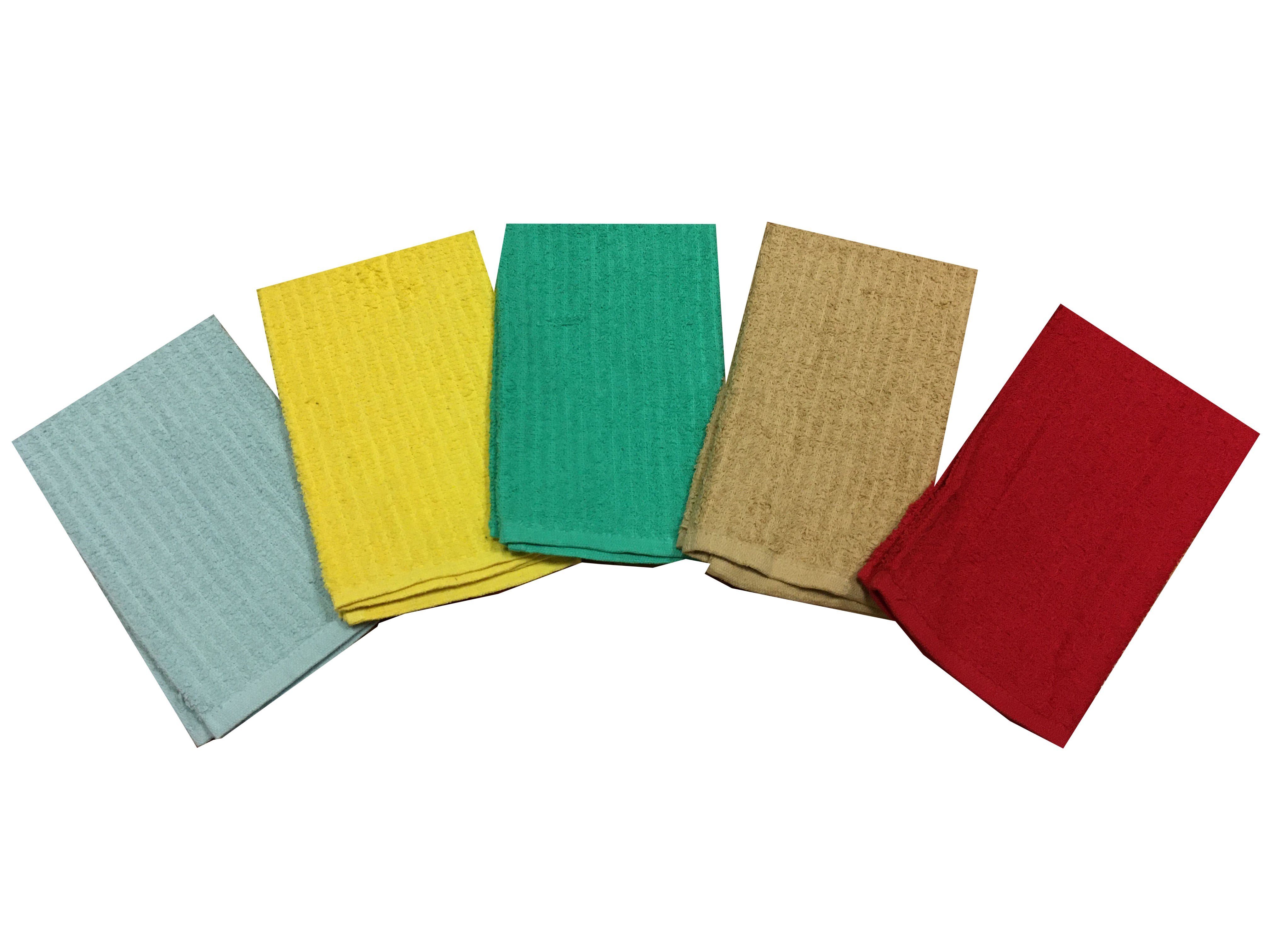Stainless steel sinks are a popular choice for kitchens due to their durability and sleek appearance. However, over time, rust can start to form around the drain, making your sink look old and worn out. But don't worry, removing rust from a stainless steel sink is not as difficult as it may seem. There are a few simple steps you can follow to get your sink looking shiny and new again. To start, you will need some basic household items: baking soda, vinegar, lemon juice, a soft cloth, and a toothbrush. These items are gentle on your sink and won't cause any damage to the stainless steel. Step 1: Start by mixing a paste of equal parts baking soda and water. Apply the paste to the rust stains and let it sit for a few minutes. Step 2: Next, pour some vinegar over the paste and let it sit for another few minutes. The vinegar will help to break down the rust. Step 3: Use the toothbrush to scrub the mixture into the rust stains. Be gentle, as you don't want to scratch the surface of your sink. The combination of the baking soda and vinegar will create a fizzing reaction that will help to lift the rust. Step 4: Rinse the sink thoroughly with water and wipe it clean with a soft cloth. If there are still some stubborn rust spots, repeat the process until they are completely removed. Step 5: Once all the rust is removed, dry the sink with a soft cloth. To prevent future rust from forming, apply a small amount of lemon juice to a soft cloth and rub it onto the surface of the sink. Lemon juice is a natural acid that will help to prevent rust from forming.How to Remove Rust from a Stainless Steel Sink
If your stainless steel sink has already developed rust stains, don't worry, there are still ways to clean them off. Here are some tips to help you get rid of those pesky stains and restore the shine to your sink. Method 1: Using White Vinegar Step 1: Soak a cloth in white vinegar and place it over the rust stains. Let it sit for 10-15 minutes. Step 2: Use a soft-bristled brush or sponge to scrub the rust stains. You can also add some baking soda to the brush for extra cleaning power. Step 3: Rinse the sink with water and dry it with a soft cloth. If the rust stains are still present, repeat the process until they are completely gone. Method 2: Using Lemon Juice Step 1: Cut a lemon in half and sprinkle some salt on one of the cut sides. Step 2: Use the lemon to scrub the rust stains. The citric acid in the lemon will help to dissolve the rust. Step 3: Rinse the sink with water and dry it with a soft cloth. If the stains are still present, repeat the process until they are gone.How to Clean Rust Stains off a Stainless Steel Sink
The best way to deal with rust in a stainless steel sink is to prevent it from happening in the first place. Here are some tips to help you keep your sink rust-free. Tip 1: Use a Sink Protector One of the main causes of rust in a stainless steel sink is scratches. To prevent scratches from pots, pans, and utensils, use a sink protector. This will create a barrier between your sink and the items you are washing, preventing any scratches from forming. Tip 2: Wipe Your Sink Dry After using your sink, make sure to wipe it dry with a soft cloth. This will prevent water from sitting on the surface and causing rust to form. Tip 3: Avoid Harsh Chemicals Harsh chemicals, such as bleach and ammonia, can cause damage to your stainless steel sink and make it more prone to rust. Stick to mild cleaners or natural alternatives, such as vinegar and lemon juice, to keep your sink clean without causing any damage.How to Prevent Rust in a Stainless Steel Sink
If your stainless steel sink has developed small rust spots, there are ways to repair them and prevent them from spreading. Here's what you can do: Step 1: Start by cleaning the affected area with a mild cleaner. Rinse and dry the sink thoroughly. Step 2: Sand the rust spots gently with a fine-grit sandpaper. This will help to remove the rust and smooth out the surface. Step 3: Once the rust is removed, use a stainless steel polish to restore the shine to your sink. Step 4: To prevent future rust from forming, apply a coat of car wax to the sink. This will create a protective barrier against moisture.How to Repair Rust Spots on a Stainless Steel Sink
If your entire stainless steel sink has become rusty, it may be time for a deeper clean. Here's how you can get rid of rust and restore the shine to your sink: Step 1: Fill your sink with warm water and add a cup of baking soda. Let it sit for 15-20 minutes. Step 2: Drain the sink and use a soft cloth to scrub the surface. Rinse with water and dry with a soft cloth. Step 3: If there are still rust spots, mix equal parts lemon juice and baking soda to create a paste. Apply the paste to the affected areas and let it sit for 10-15 minutes. Step 4: Scrub the rust spots with a soft-bristled brush or sponge. Rinse and dry the sink.How to Get Rid of Rust in a Stainless Steel Sink
Rust stains on a stainless steel kitchen sink can be unsightly and difficult to remove. But with the right techniques, you can get your sink looking brand new again. Here's what you can do: Step 1: Create a paste using equal parts cream of tartar and water. Step 2: Apply the paste to the rust stains and let it sit for 30 minutes. Step 3: Use a soft-bristled brush or sponge to scrub the stains. Rinse with water and dry the sink with a soft cloth. Step 4: If the stains are still present, mix equal parts lemon juice and baking soda to create a paste. Apply it to the stains and let it sit for 10-15 minutes. Step 5: Scrub the stains with a soft-bristled brush or sponge. Rinse and dry the sink.How to Remove Rust Stains from a Stainless Steel Kitchen Sink
Rust can also form around the drain of your stainless steel kitchen sink. Here's how you can clean it: Step 1: Mix equal parts lemon juice and baking soda to create a paste. Step 2: Apply the paste to the rust stains around the drain and let it sit for 5-10 minutes. Step 3: Use a toothbrush or small brush to scrub the stains. Rinse with water and dry the area. Step 4: To prevent future rust from forming, pour some lemon juice down the drain and let it sit for a few minutes before rinsing with water.How to Clean Rust from a Stainless Steel Kitchen Sink Drain
If the rust in your sink drain is more stubborn, you may need to take some additional steps to remove it. Here's what you can do: Step 1: Mix equal parts white vinegar and baking soda to create a paste. Step 2: Use a toothbrush or small brush to apply the paste to the rust stains around the drain. Let it sit for 10-15 minutes. Step 3: Scrub the stains with the brush and rinse with water. Step 4: If the rust is still present, mix equal parts lemon juice and baking soda to create a paste. Apply it to the stains and let it sit for 10-15 minutes. Step 5: Scrub the stains with the brush and rinse with water.How to Remove Rust from a Stainless Steel Sink Drain
To prevent rust from forming in your kitchen sink drain, you need to keep it clean and dry. Here's how you can get rid of any existing rust and prevent it from coming back: Step 1: Mix equal parts baking soda and warm water to create a paste. Step 2: Apply the paste to the rust stains around the drain and let it sit for 15-20 minutes. Step 3: Use a toothbrush or small brush to scrub the stains. Rinse with water and dry the drain with a cloth. Step 4: To prevent future rust from forming, make sure to wipe your sink drain dry after each use. By following these simple tips and tricks, you can easily remove rust from your stainless steel sink and keep it looking shiny and new. Remember to always use gentle cleaning methods and avoid harsh chemicals to prevent any damage to your sink. With proper care and maintenance, your stainless steel sink will last for years to come.How to Get Rid of Rust in a Stainless Steel Kitchen Sink Drain
Understanding the Problem: Rust in Stainless Steel Kitchen Sinks

The Culprit: Iron Content in Water
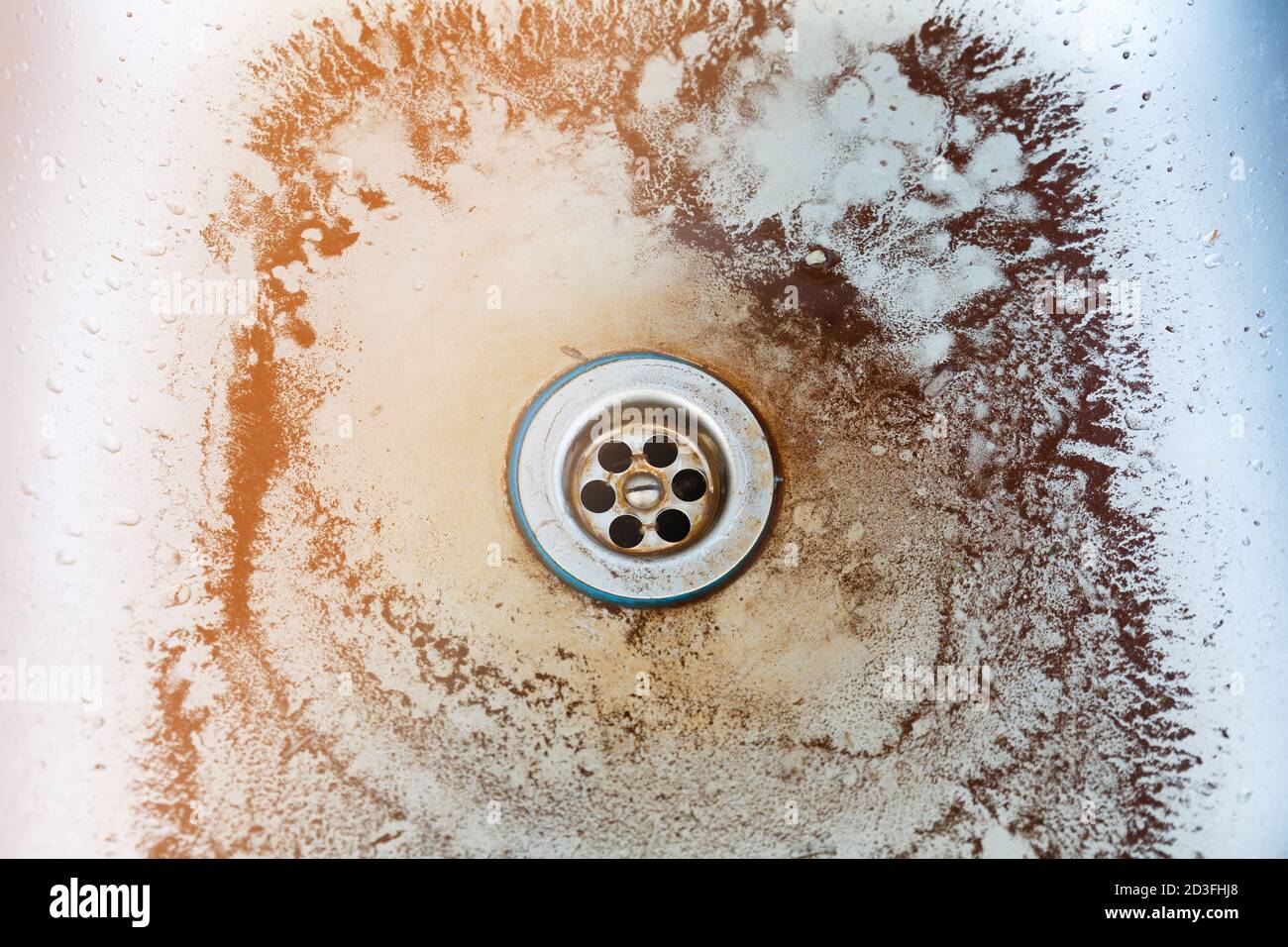 Stainless steel is known for its durability and resistance to corrosion, making it a popular choice for kitchen sinks. However, even the most resilient materials can succumb to rust over time, especially in areas with hard water. Hard water contains high levels of iron, which can react with the chromium in stainless steel and cause rust to form around the drain area of your sink. This can not only be unsightly, but it can also compromise the integrity of your sink and lead to costly repairs. But fear not, there are solutions to this common problem.
Stainless steel is known for its durability and resistance to corrosion, making it a popular choice for kitchen sinks. However, even the most resilient materials can succumb to rust over time, especially in areas with hard water. Hard water contains high levels of iron, which can react with the chromium in stainless steel and cause rust to form around the drain area of your sink. This can not only be unsightly, but it can also compromise the integrity of your sink and lead to costly repairs. But fear not, there are solutions to this common problem.
Prevention is Key
 The best way to deal with rust in a stainless steel kitchen sink is to prevent it from happening in the first place. One way to do this is by installing a water softener or filter in your home. This will help to reduce the iron content in your water and prevent it from causing rust in your sink. Regularly cleaning your sink with a mild detergent and a soft cloth can also help to prevent rust from forming. Be sure to dry the sink thoroughly after each use to prevent any standing water that may contain iron from causing rust.
The best way to deal with rust in a stainless steel kitchen sink is to prevent it from happening in the first place. One way to do this is by installing a water softener or filter in your home. This will help to reduce the iron content in your water and prevent it from causing rust in your sink. Regularly cleaning your sink with a mild detergent and a soft cloth can also help to prevent rust from forming. Be sure to dry the sink thoroughly after each use to prevent any standing water that may contain iron from causing rust.
Treating Existing Rust
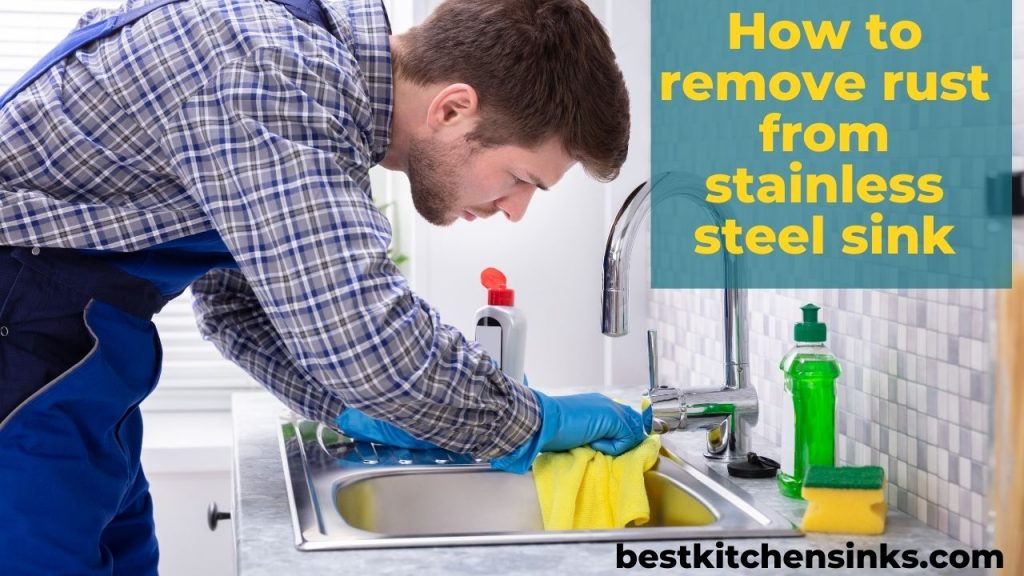 If you already have rust in your stainless steel sink, there are steps you can take to remove it. First, try using a paste made of baking soda and water. Apply the paste to the affected area and let it sit for a few minutes before scrubbing it with a soft cloth. Rinse the area with water and dry it thoroughly. You can also try using a specialized rust remover product specifically designed for stainless steel. Follow the instructions carefully and be sure to rinse and dry the sink thoroughly after use.
If you already have rust in your stainless steel sink, there are steps you can take to remove it. First, try using a paste made of baking soda and water. Apply the paste to the affected area and let it sit for a few minutes before scrubbing it with a soft cloth. Rinse the area with water and dry it thoroughly. You can also try using a specialized rust remover product specifically designed for stainless steel. Follow the instructions carefully and be sure to rinse and dry the sink thoroughly after use.
Precautions for Removing Rust
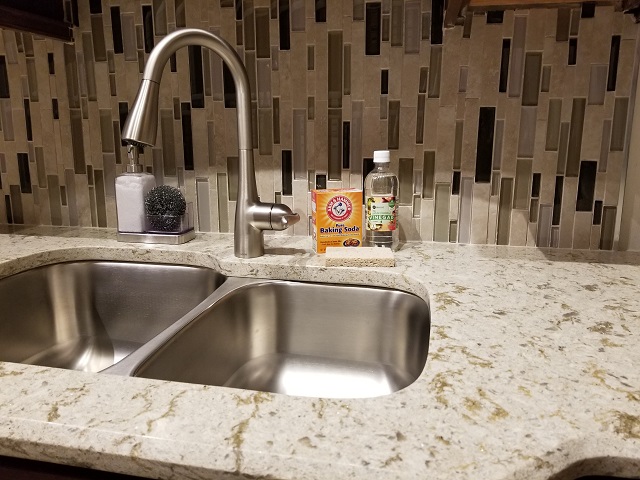 When attempting to remove rust from a stainless steel sink, it's important to take precautions to avoid damaging the surface. Avoid using harsh chemicals or abrasive cleaners, as these can scratch the sink and make it more prone to rust in the future. Also, be careful not to use steel wool or other abrasive materials, as these can leave tiny particles behind that can cause rust to form. Always test any cleaning products on a small, inconspicuous area of the sink first to ensure they will not cause damage.
When attempting to remove rust from a stainless steel sink, it's important to take precautions to avoid damaging the surface. Avoid using harsh chemicals or abrasive cleaners, as these can scratch the sink and make it more prone to rust in the future. Also, be careful not to use steel wool or other abrasive materials, as these can leave tiny particles behind that can cause rust to form. Always test any cleaning products on a small, inconspicuous area of the sink first to ensure they will not cause damage.
In Conclusion
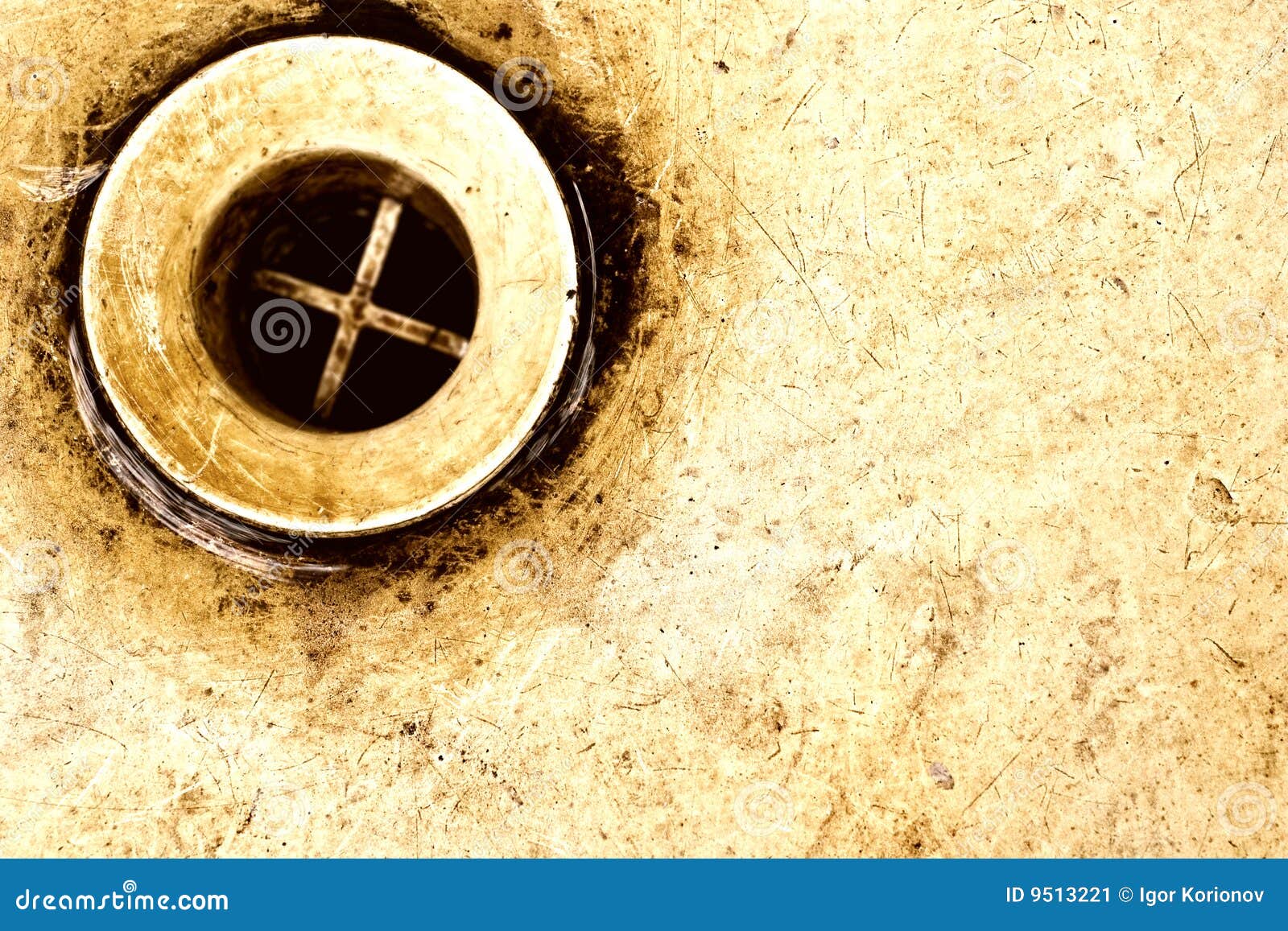 Rust in a stainless steel kitchen sink can be a frustrating problem, but with the right preventative measures and cleaning techniques, it can be easily managed. By understanding the cause of the rust and taking proper precautions, you can keep your sink looking like new for years to come. Don't let rust ruin the beautiful design of your kitchen, take action to prevent and treat it today.
Rust in a stainless steel kitchen sink can be a frustrating problem, but with the right preventative measures and cleaning techniques, it can be easily managed. By understanding the cause of the rust and taking proper precautions, you can keep your sink looking like new for years to come. Don't let rust ruin the beautiful design of your kitchen, take action to prevent and treat it today.

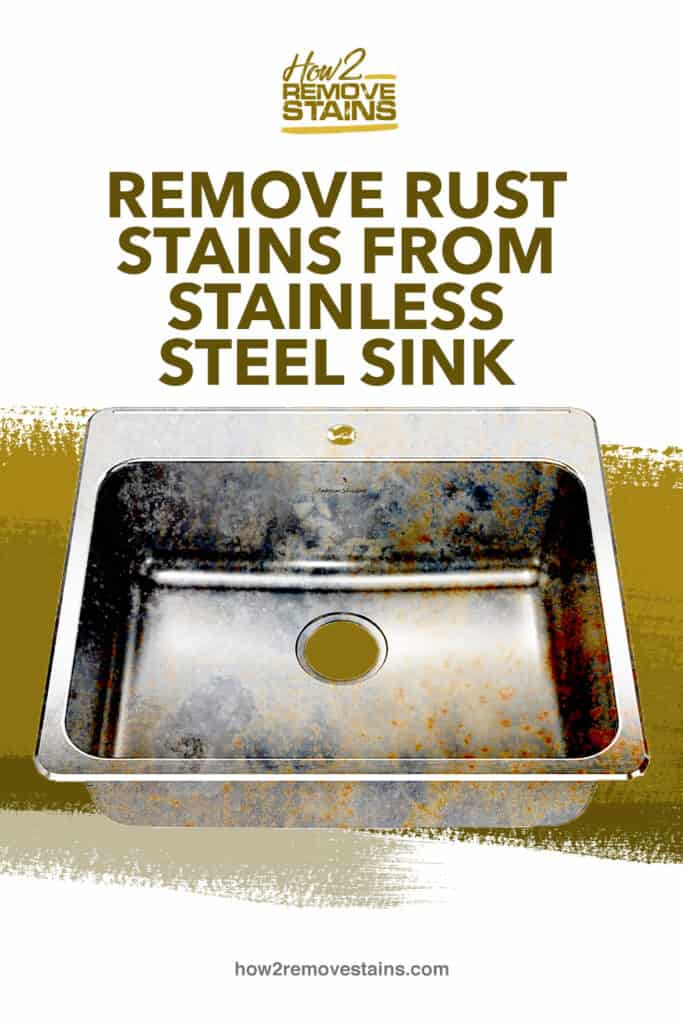



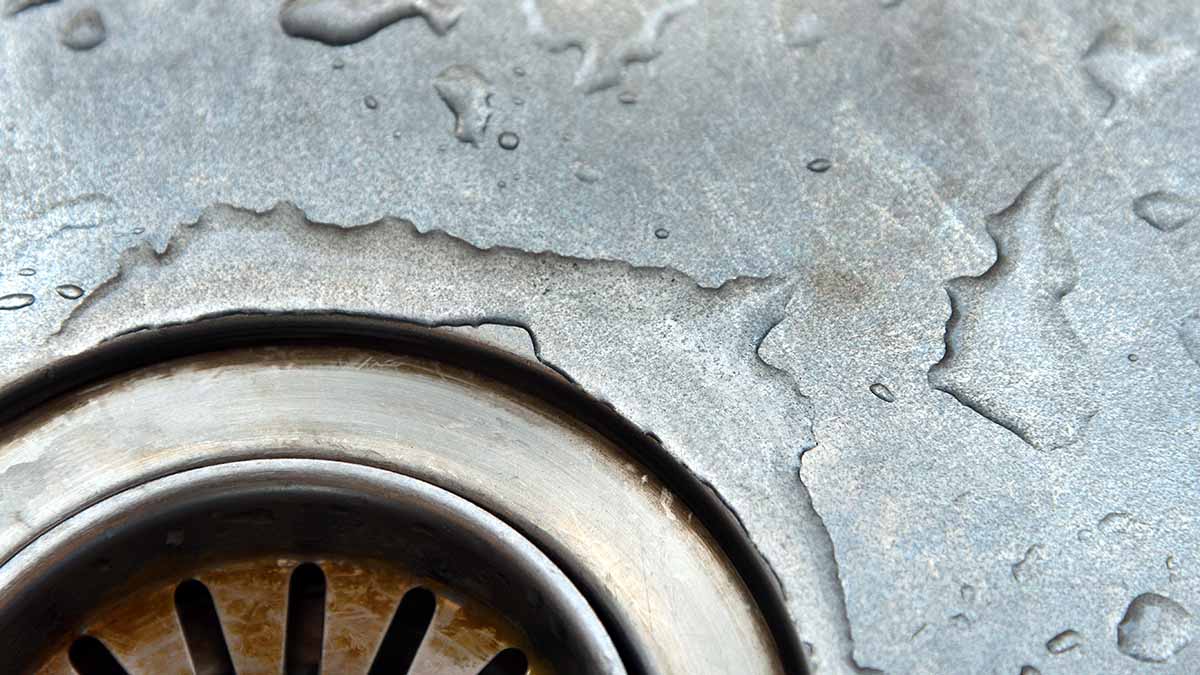

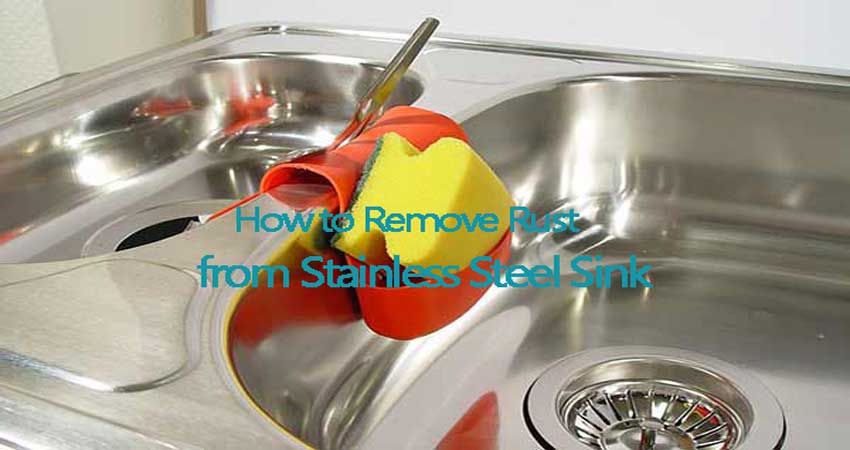


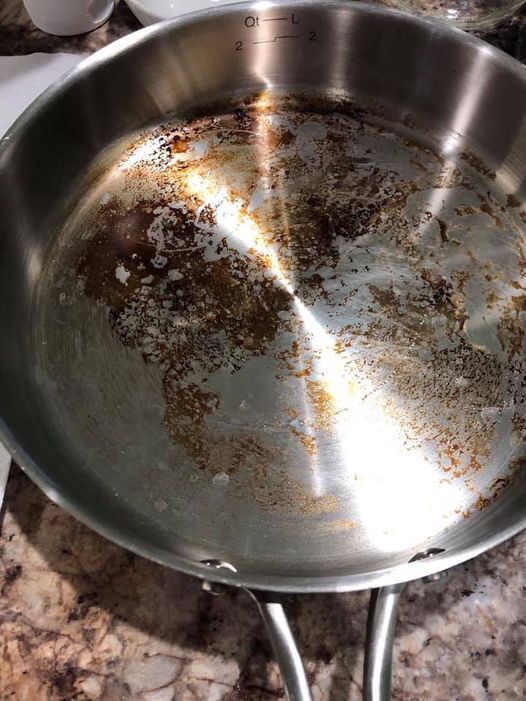



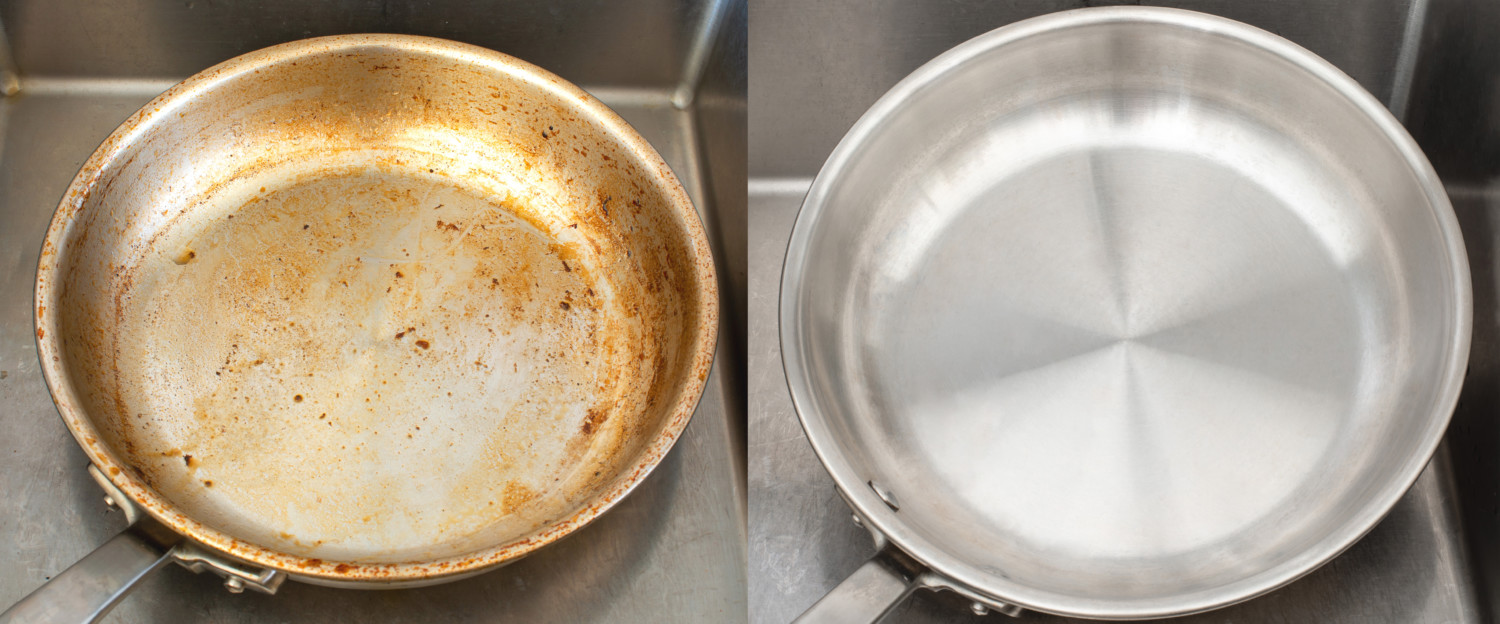


:max_bytes(150000):strip_icc()/homemade-rust-remover-recipes-1387936_FINAL-6c6543826627420ba5152b7ad0ea67c7.png)


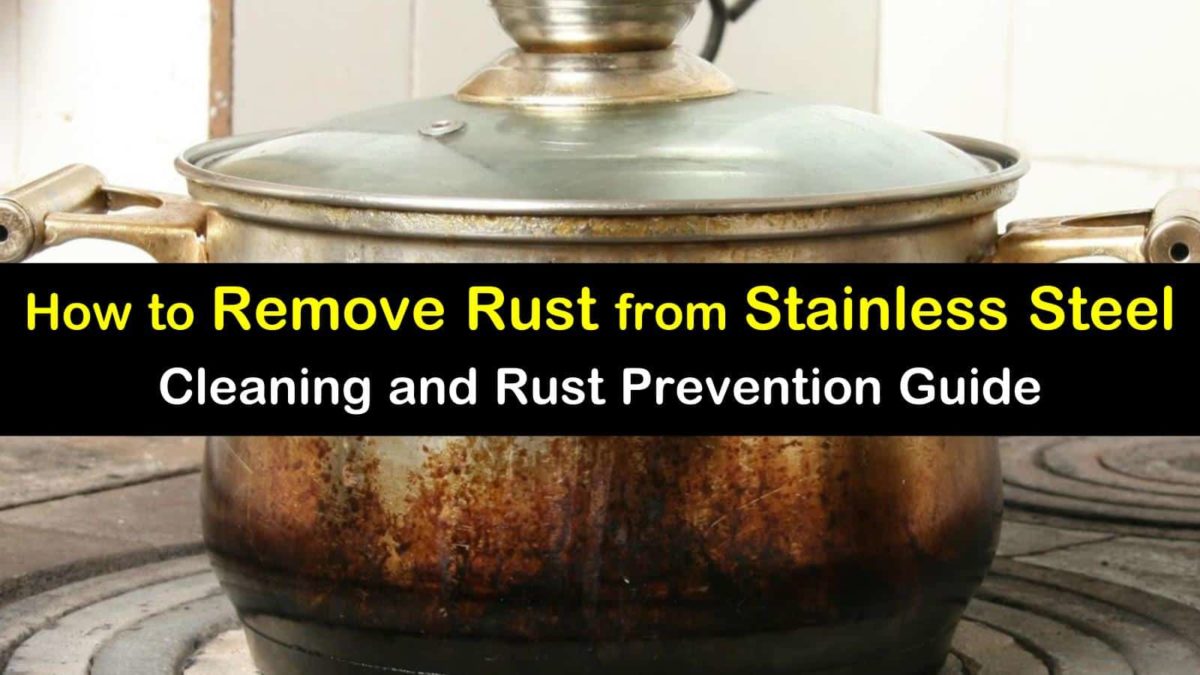




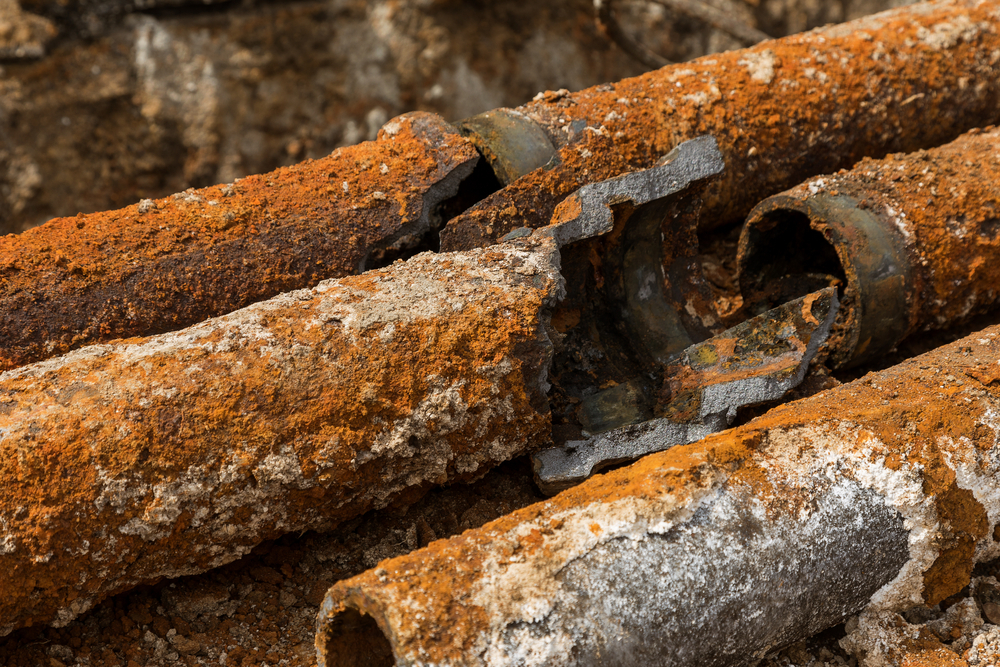


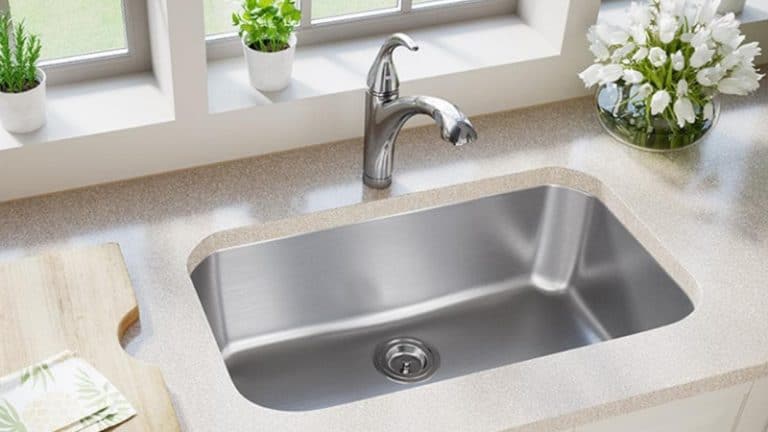





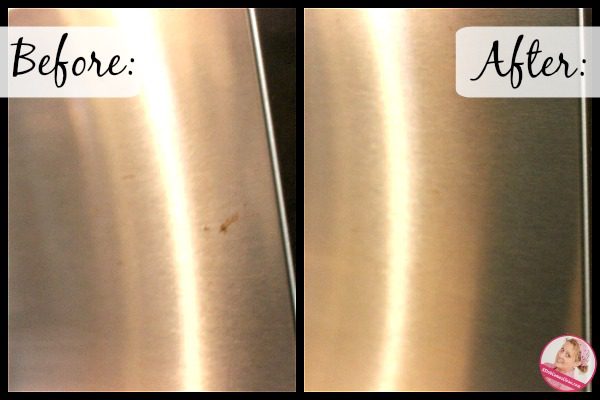







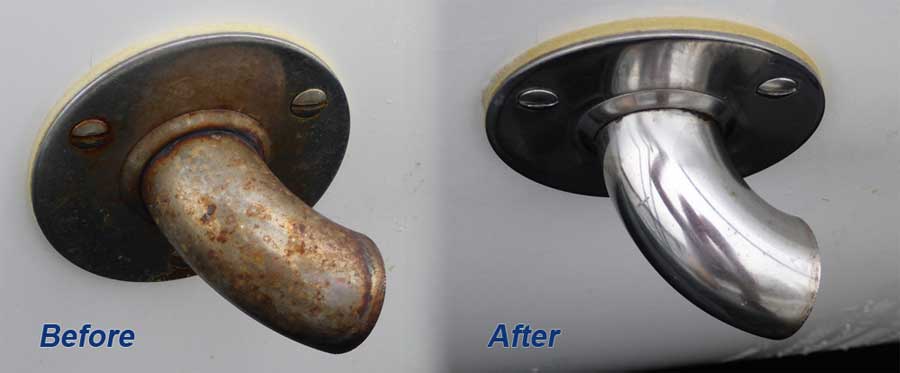
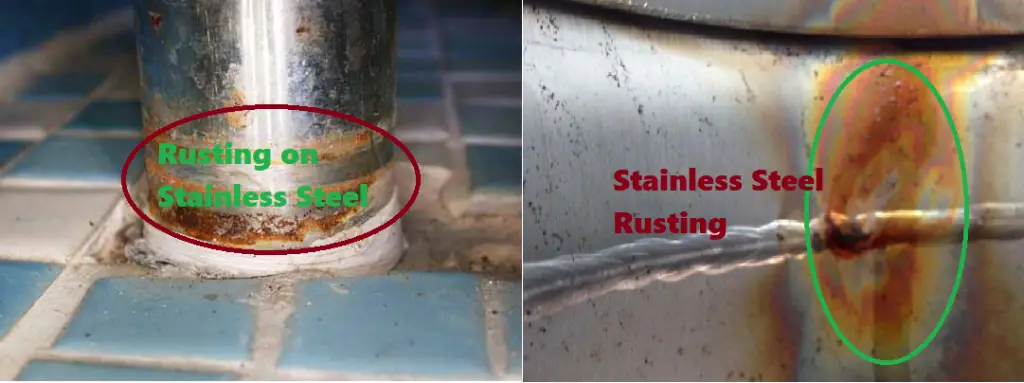

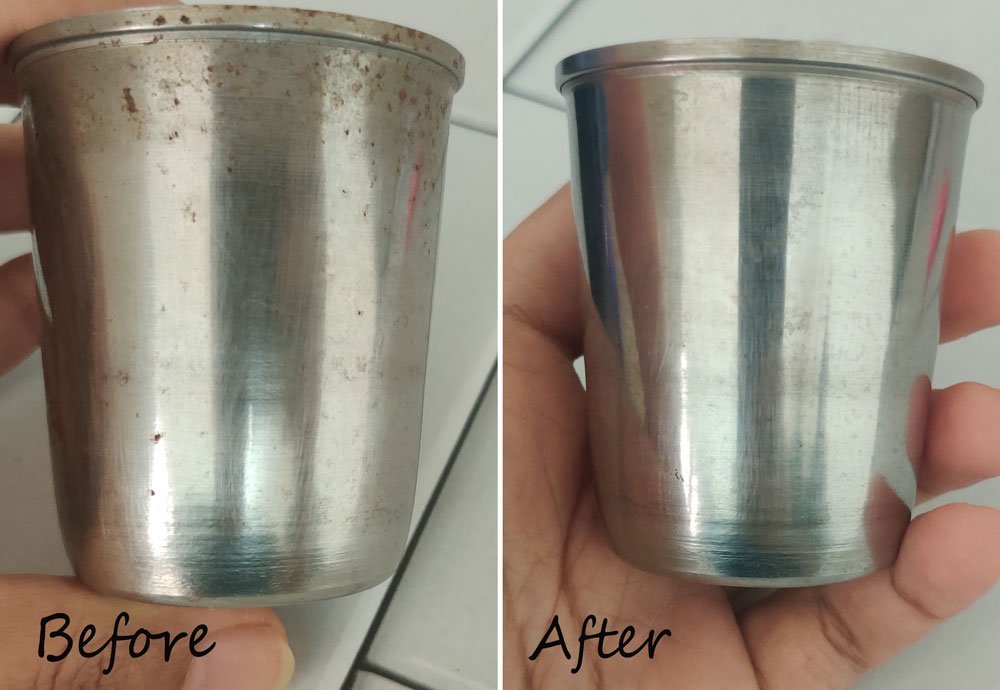




:max_bytes(150000):strip_icc()/remove-brown-stains-from-stainless-steel-1900549_FINAL-5c4761c946e0fb0001d54367.png)


:max_bytes(150000):strip_icc()/how-to-clean-a-stainless-steel-sink-5093605-03-11ec4355990742cf834cada8ad1bf87b.jpg)
